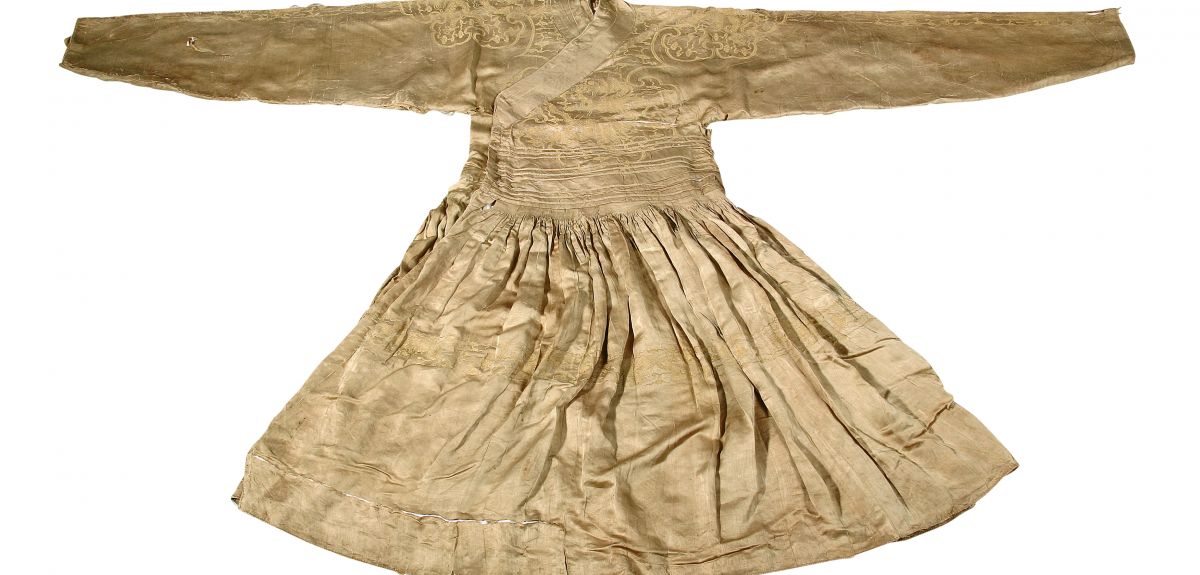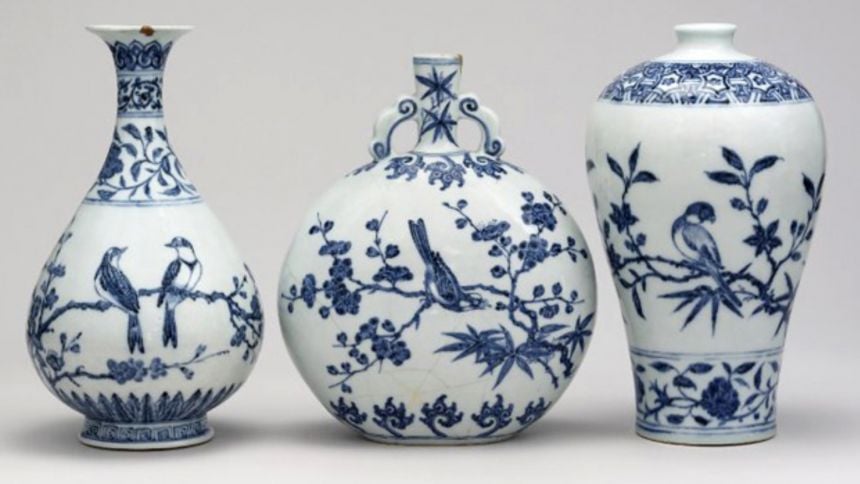
Major exhibition showcases Oxford research into Ming Dynasty
A major exhibition based on research by an Oxford University art historian and British Museum curator opens at the British Museum next month.
The BP exhibition, Ming: 50 Years that Changed China tells the story of China under the Ming Dynasty in 1400-1450. The exhibition was co-curated by Professor Craig Clunas of Oxford University’s Department of the History of Art and Jessica Harrison-Hall of the British Museum, and is part of a project funded by the Arts and Humanities Research Council.
The exhibition uses paintings and objects from the period to show the power and status of regional aristocrats and princes in the Ming Dynasty. This is a recent argument in the study of the Ming Dynasty which was put forward by Professor Clunas in his book Screen of Kings (Reaktion Books, 2013).
'In the 1970s the Ming Dynasty was seen as a textbook example of oriental despotism - a very centralised structure with an all-powerful emperor and no real role for the regional aristocracy,' Professor Clunas explained. 'My research suggests that these regional princes, branches of the imperial family across the empire, do need to be taken seriously, and that the multiple regional courts played a larger role in the Ming Dynasty than we used to think.
'Part of the evidence for the importance of regional princes comes from archaeological discoveries in recent decades when the tombs of the princes were excavated. Newly discovered objects tell us a fuller story of 15th Century China than we get from written evidence from the time.'
The British Museum exhibition will feature examples of these objects, some of which have never left their province in China before. Professor Clunas said: 'The power of the regional princes is reflected in the paintings, jewellery, pots and other objects on display, such as an ornate robe found in the tomb of Zhu Tan a regional prince who was one of the 26 sons of the Ming Dynasty's founder. The robe is in startlingly good condition for something buried in the 1390s and is one of the only surviving garments from such an early date.
'Another highlight is a ceremonial belt belonging to a prince, which is solid gold studded with rubies as big as a thumb. Gold and jewels are everywhere and I hope that visitors will see that the Ming Dynasty is more than just blue and white porcelain vases – although these are in the exhibition too!'
The exhibition is a joint enterprise between the Professor Clunas and Jessica Harrison-Hall of the British Museum. The idea for the exhibition came when Professor Clunas was in China in 2009 to carry out research for his book. He said: 'While in China I saw some very impressive recently-discovered objects from the tombs of regional princes. When I suggested to curators in China that it would wonderful to show these objects outside China, I expected them to say ‘don’t be daft’ – but they were open to the idea.'
They were very open to the idea - priceless objects and paintings from ten Chinese institutions and 21 international lenders have been loaned to the British Museum for this exhibition.
Another theme of the exhibition is that China had unprecedented contact with the wider world in this period, through embassies, assertive military policy, and court-sponsored maritime exhibitions. The exhibition will tell the story of Zheng He who pioneered China’s maritime history, sending treasure ships to South East Asia, the Middle East, and Africa.
The exhibition will be installed in The Sainsbury Exhibitions Gallery of the British Museum from 18 September 2014 until 4 January 2015.
 The exhibition will show that the Ming Dynasty's cultural legacy is more than blue-and-white pottery - although these vases will also be on display
The exhibition will show that the Ming Dynasty's cultural legacy is more than blue-and-white pottery - although these vases will also be on display Expert Comment: Chatbot-driven sexual abuse? The Grok case is just the tip of the iceberg
Expert Comment: Chatbot-driven sexual abuse? The Grok case is just the tip of the iceberg
 New study finds that stopping weight-loss drugs is linked to faster regain than ending diet programmes
New study finds that stopping weight-loss drugs is linked to faster regain than ending diet programmes